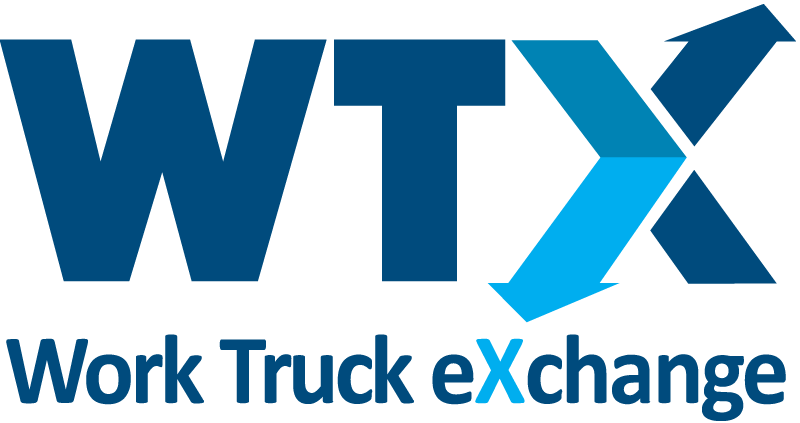East Manufacturing announced the promotion of Mark Sabol to senior director of retail sales as well as senior director of aftermarket parts sales.
Cummins President Freeland to Retire, Succeeded by Satterthwaite
Cummins President and COO Rich Freeland is retiring after 40 years with the company, to be succeeded by Distribution President Tony Satterthwaite, the company announced Aug. 21.

